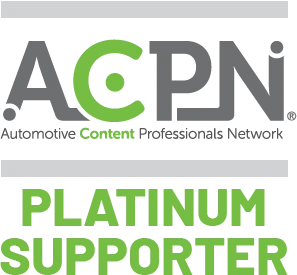Environmental Protection Agency (EPA) recently updated its standards for lead dust on floors and window sills in pre-1978 Housing in order to to protect children’s health.
This step is taken to support the initiative taken by EPA on December 2018 Federal Action Plan to Reduce Childhood Lead Exposures and Associated Health Impacts. The lead hazard standards help property owners, lead paint professionals, and government agencies identify lead hazards in residential paint, dust and soil. They apply in most pre-1978 housing and child-occupied facilities.
Under the 2001 dust-lead hazard standards, lead is considered a hazard when equal to or exceeding 40 micrograms (µg) of lead in dust per square foot (ft2) on floors, 250 micrograms of lead in dust per square foot on interior window sills, and 400 parts per million (ppm) of lead in bare soil in children’s play areas or 1200 ppm average for bare soil in the rest of the yard.
In addition, paint in deteriorating condition, on a friction or impact surface, or on certain chewable surfaces is also defined as a hazard. When the 2019 final rule becomes effective, these standards will be lowered from 40 µg/ft2 and 250 µg/ft2 to 10 µg/ft2 and 100 µg/ft2 on floors and window sills, respectively. The strengthened standards become effective 180 days after publication in the Federal Register.
Reference : https://www.epa.gov/newsreleases/epa-takes-important-step-further-protect-children-exposure-lead-contaminated-dust-0

